We've been in the business a while (we've been selling housings for over fifteen years!) and we've learnt a thing or two in that time. The following suggestions are provided so that you may have minimal housing operational problems for many years. We've been distributing underwater photographic equipment for over 15 years and during that time we've learnt a thing or two about maintain a housing in good condition.
Our recommendations for caring for your new camera housing.
- If diving from a boat always have someone hand you the housing when you are in the water. Do not jump into the water holding the housing as the impact of the water hitting the housing can jar and rattle the camera inside the housing. Special care is required with DSLR housings. Depending on how the port is installed on to the housing body, jumping into the water could knock the port off the housing! It's ideal to keep the dome cover on while passing the housing, especially in a swift current.
- Conversely, when you're getting out of the water, always hand the housing to someone in the boat. Make sure they place the housing in a safe place out of the sun while you get back on board.
- If you're on a day trip on a boat, it's good practise to place the housing in a container of water (salt or fresh) after a dive. It sounds counter-intuitive to put it in salt water, but the purpose is to stop the salt water from drying out and forming salt crystals between dives. Once you're back home, you can clean your housing properly as described below in points 4, 5,6 and 7.
- When you’re home from a dive trip, fill a bucket or similar with warm water, add a small amount of dishwashing liquid (Sunlight, Palmolive, Ecostore, whatever brand you use is fine) and a touch of disinfectant (again, whichever brand you use is fine – Dettol, Savlon etc).
- Soak the empty, sealed-up housing. It's important to make sure it's sealed – you don't want water entering the housing. It's good to leave the housing to soak for a few hours or overnight. Note: If your housing is buoyant you will need a lead weight or similar to keep the housing underwater. The warm water and dishwashing liquid will lift off any salt crystals. The disinfectant will kill any bacteria that may have set up home in the buttons or elsewhere.
- When the housing is soaking in the fresh water, work all the buttons and control levels carefully and systematically a few times, to help flush out salt crystals.
- After removing the housing from the water, work all the housing’s buttons a few times to pump out water trapped inside the button cavities. Best to hold the housing so that the buttons are pointing downwards to maximize the removal of any water.
- We strongly recommend using Salt-Away spray on your housing before soaking in fresh water to ensure maximum removal of any salt particles thus maintaining your housing in top condition. (Spray it after you get out of the water, 5-10 mins before soaking.) Salt-Away spray is available here.
- Once the housing is completely dry, store in a dry atmosphere with the back door open. Remove the main o-ring (place inside the housing) so it’s not under any stress. A warm linen cupboard this is ideal. The warm dry moisture-free air maintains any electrical connections or electronic (TTL etc) in good electrical condition.
- Do not leave your housing in direct sunlight at any time!
- If you need to clean the inside of the housing, never use water, just use a clean, dry, lint-free cloth.
- Depending on how often you use your housing it is recommended having it serviced every couple of years. Contact us if you want to discuss this.
We also sell cleaning kits!
Points 4, 5, and 8 are also excellent for your diving regulator – keeps it like new!




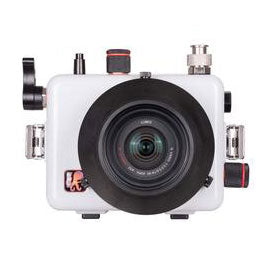
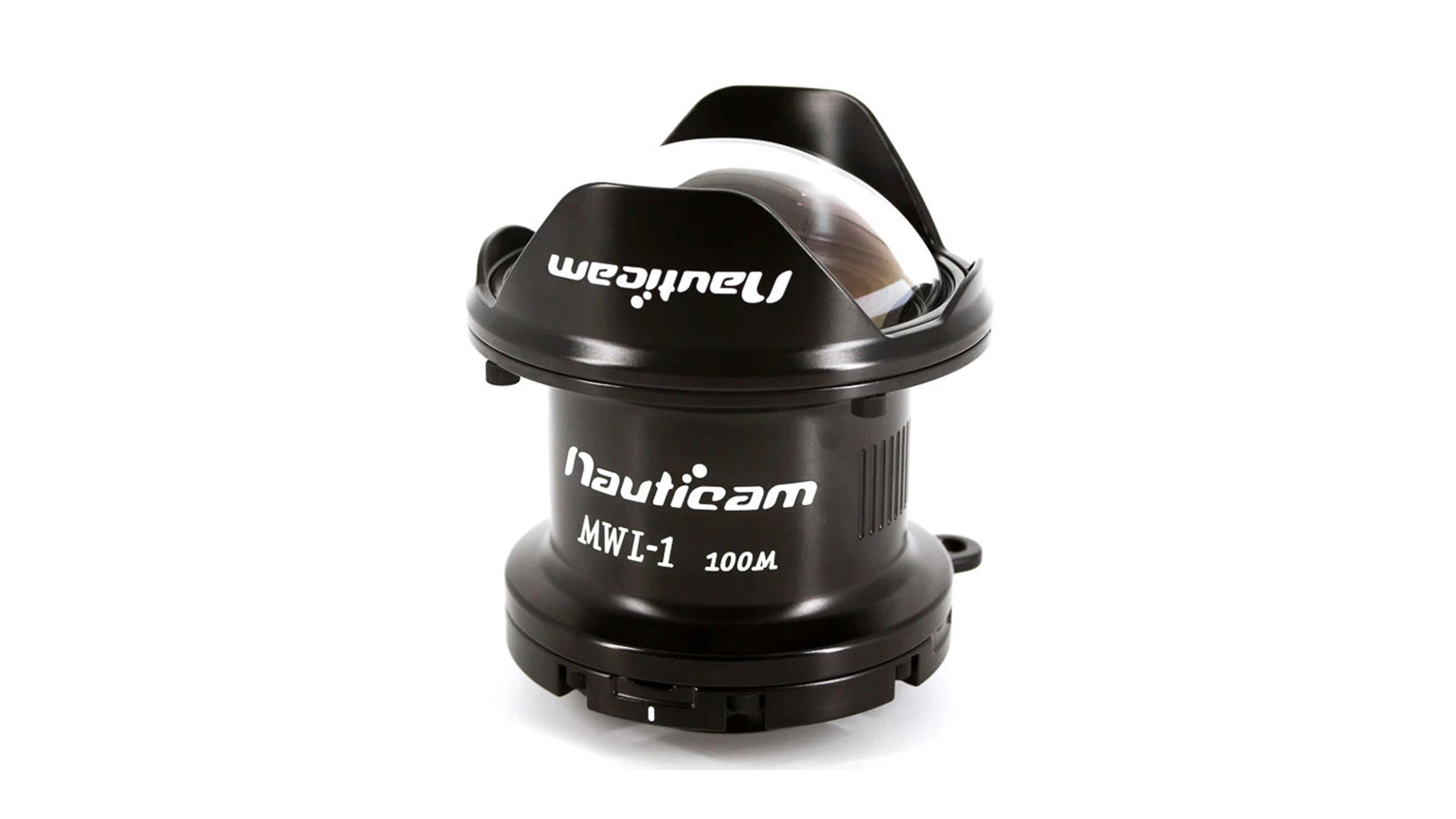
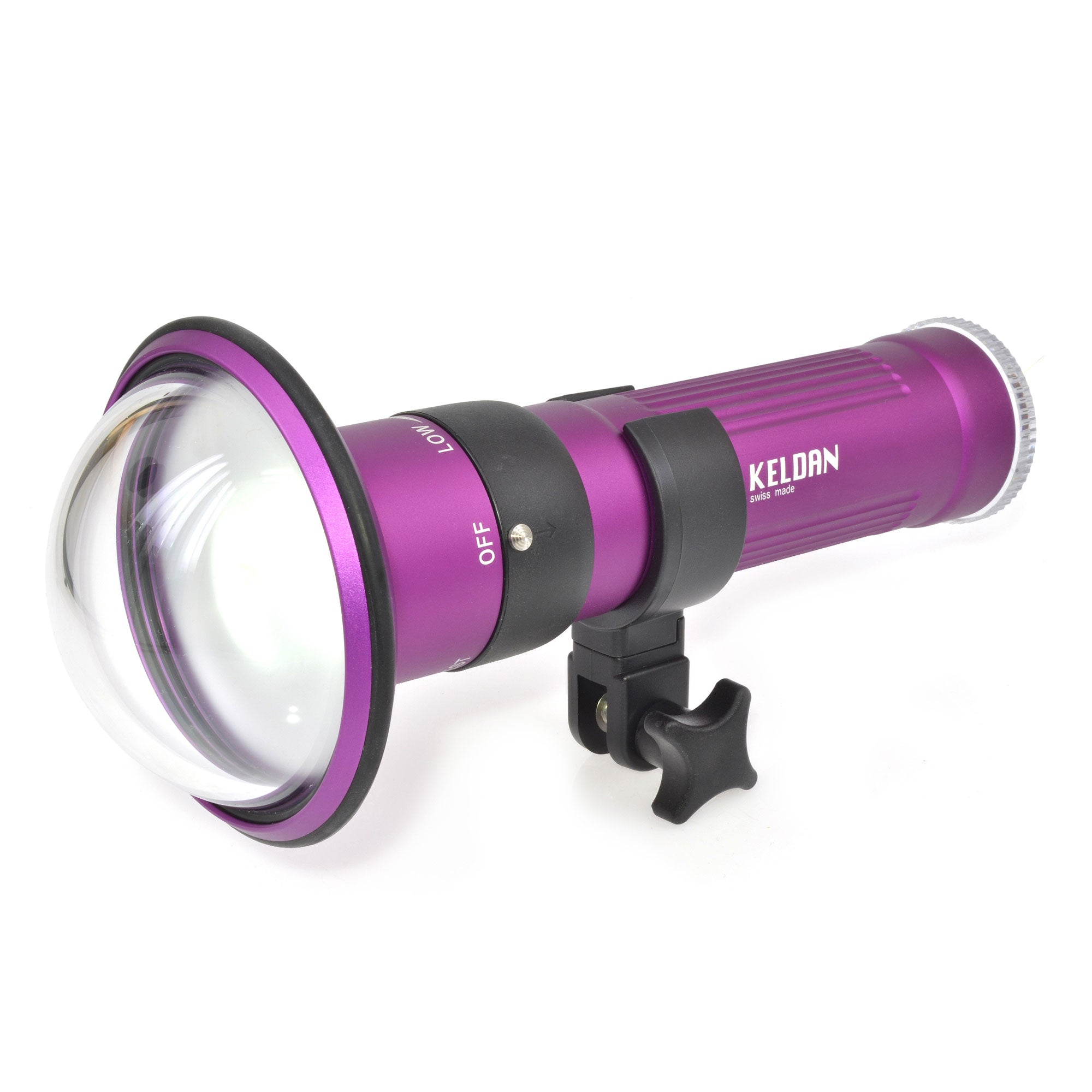
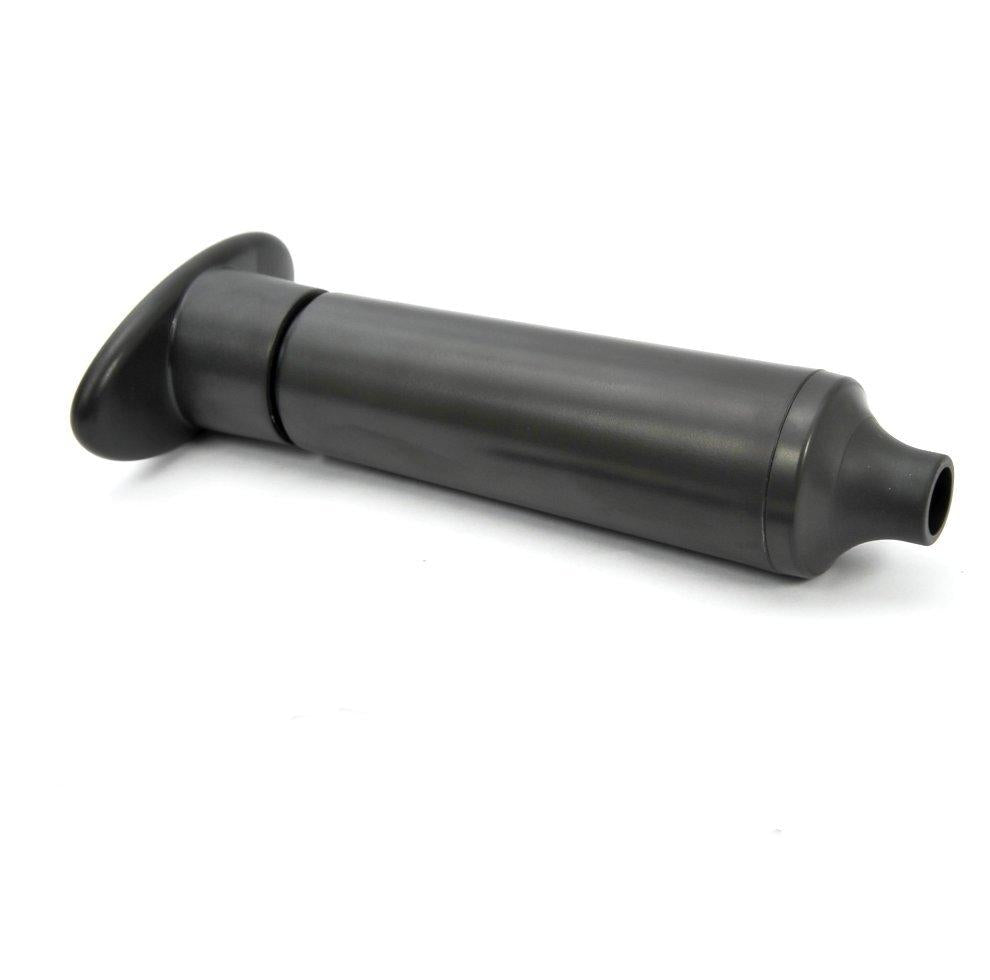




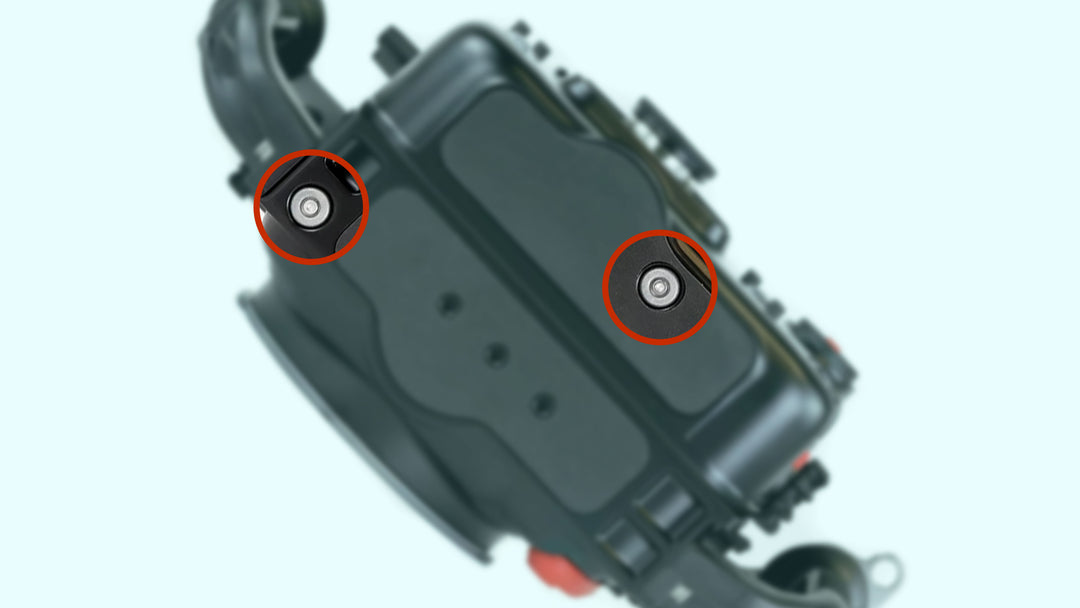
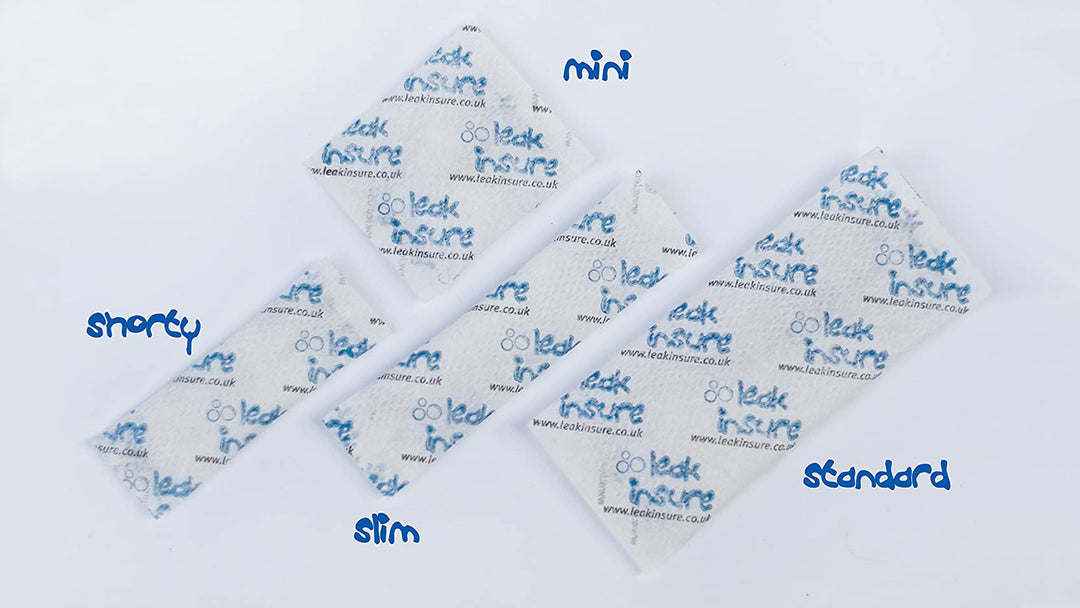
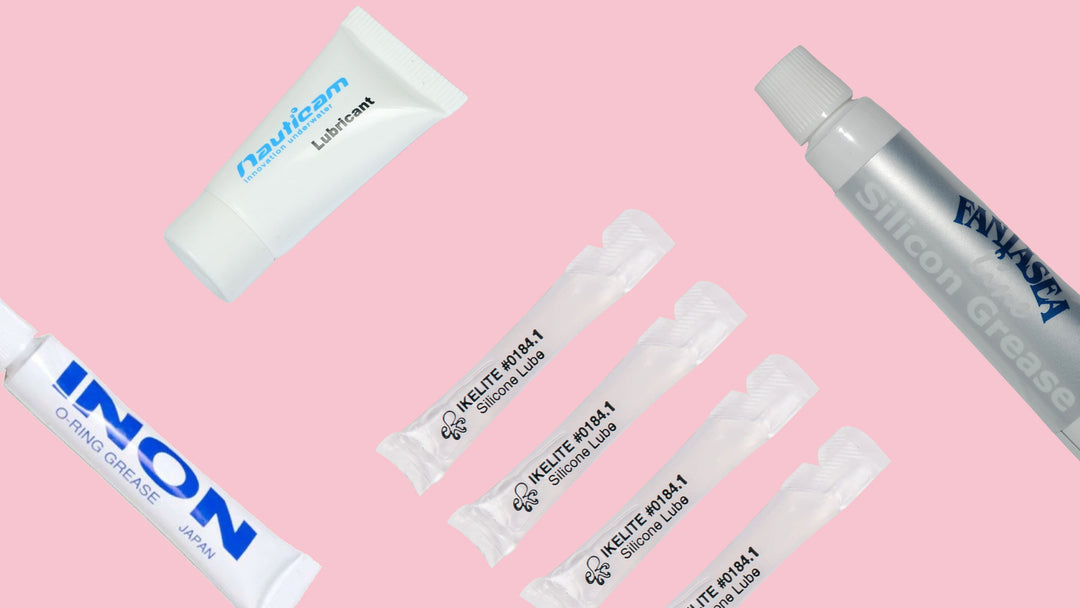
Leave a comment